Increasing penetration of smartphones, Aadhaar-linked bank accounts and a host of powerful open and programmable capabilities is set to create the ‘WhatsApp moment’ for Indian banking.
Once in a while a major disruption or discontinuity happens which has huge consequences. In 2007, the internet and the mobile phone came together in a whole new product called the smartphone. This phone, with its own operating system, such as the iOS or Android, could support over the top (OTT) applications. The messaging solution for the smartphone did not come from the giant telecom or internet companies. Instead, it came from WhatsApp, a start-up. WhatsApp does 30 billion messages a day, whereas all the telecom companies put together do 20 billion SMS messages per day. Such is the power of disruption!
Such a “WhatsApp moment” is now upon us in Indian banking. This discontinuity has been caused by several things coming together. Smartphones are growing dramatically and are expected to reach a penetration of 700 million by 2020. Over 1 billion Indian residents now have Aadhaar, an online biometric identity. The government promoting financial inclusion through the Jhan Dhan Yojana has led to over 200 million new bank accounts being opened. With the RBI giving licences to over 20 new banks, including small banks and payment banks, the competitive intensity of the sector is set to increase. One can visualise a future where every adult Indian has an Aadhaar number, a smartphone and a bank account. Already over 280 million Indian residents have an Aadhaar-linked bank account and around 1 billion direct benefit transfer (DBT) transactions have happened, whose value is in the billions of dollars.
On top of this, a set of powerful open and programmable capabilities, that are collectively referred to as the “India Stack” by the think-tank iSPIRT, has been created over the last seven years. Aadhaar provides online authentication using one’s fingerprint or iris, which can be done from anywhere. This can make transactions “presence less”. The e-KYC (know your customer) feature of Aadhaar enables a bank account to be opened instantly, just by using the Aadhaar number and one’s biometric. The e-sign feature enables online documents to be digitally signed with Aadhaar. The “digital locker” system enables the storage of such electronic documents safely and securely. All this can make the entire banking process “paperless”.
The final two layers of the “India Stack” have great relevance to the future of banking. The Unified Payment Interface (UPI) layer, a product built by the National Payment Corporation of India (NPCI), a non-profit company collectively owned by banks and set up in 2009, will revolutionise payments and accelerate the move towards a “cashless” economy. So “pushing” or “pulling” money from a smartphone will be as easy as sending or receiving an email. This product from NPCI is the latest in several payment systems that they have developed, from the National Financial Switch, National Automated Clearing House, and RuPay cards, to the Aadhaar Payment Bridge, the Aadhaar-enabled Payment System and IMPS, a real-time payment system.
The move to a “cashless” economy will be accelerated by the Aadhaar-enabled biometric smartphones. So credential checking in banking will move from “proprietary” approaches (debit card and PIN) to “open” approaches (mobile phone and Aadhaar authentication). As such, the holy grail of one-click two-factor authentication, now available only to giants like Apple, will be available to kids in a garage to develop innovative solutions.
Finally, as India goes from being a data-poor to a data-rich economy in the next two to three years, the electronic consent layer of the “India Stack” will enable consumers and businesses to harness the power of their own data to get fast, convenient and affordable credit. Such a use of digital footprints will bring millions of consumers and small businesses (who are in the informal sector) to join the formal economy to avail affordable and reliable credit.
As data becomes the new currency, financial institutions will be willing to forego transaction fees to get rich digital information on their customers. The elimination of these fees will further accelerate the move to a cashless economy as merchant payments will also become digital.
This will also shift the business models in banking from low-volume, high-value, high-cost, and high fees, to high-volume, low-value, low-cost, and no fees. This will lead to a dramatic upsurge in accessibility and affordability, and the market force of customer acquisition and the social purpose of mass inclusion will converge.
These gale winds of disruption and innovation brought upon by technology, regulations and government action, will fundamentally alter the banking industry. Payments, liabilities and assets will undergo a dramatic transformation as switching costs reduce and incumbents are threatened. As the insightful report from Credit-Suisse has so well explained, there is a $ 600 billion market capitalisation opportunity waiting to be created in the next 10 years. This will be shared between existing public and private banks, the new banks and new-age NBFCs. It may even go to non-banking platform players, which use the power of data to fine-tune credit risk and pricing, and make money from customer ownership and risk arbitrage.
The public sector banks, which occupy the commanding heights of the economy with a 70 per cent market share, will be particularly challenged. Even as they deal with the inheritance of their losses, they will have to cope with, and master, enormous digital disruption. This will require their owners, the government, to give them the autonomy and freedom to experiment and innovate.
To quote Shakespeare, “There is a tide in the affairs of men, which, taken at the flood, leads on to fortune”. The $ 600-billion opportunity is here. The WhatsApp revolution went unnoticed by incumbents. Normally such disruptive changes (like bubbles) are only recognised after they have happened. In this case, the forces of change are evident and can be anticipated. The opportunity for the banking sector has been called, and it is equally accessible to incumbents, both in the public and private sector, to the new banks, to the NBFCs and the tech companies. The future will belong to those who show speed, imagination and the boldness to embrace change.
This article was written as foreword to a Credit-Suisse report on the Indian banking sector


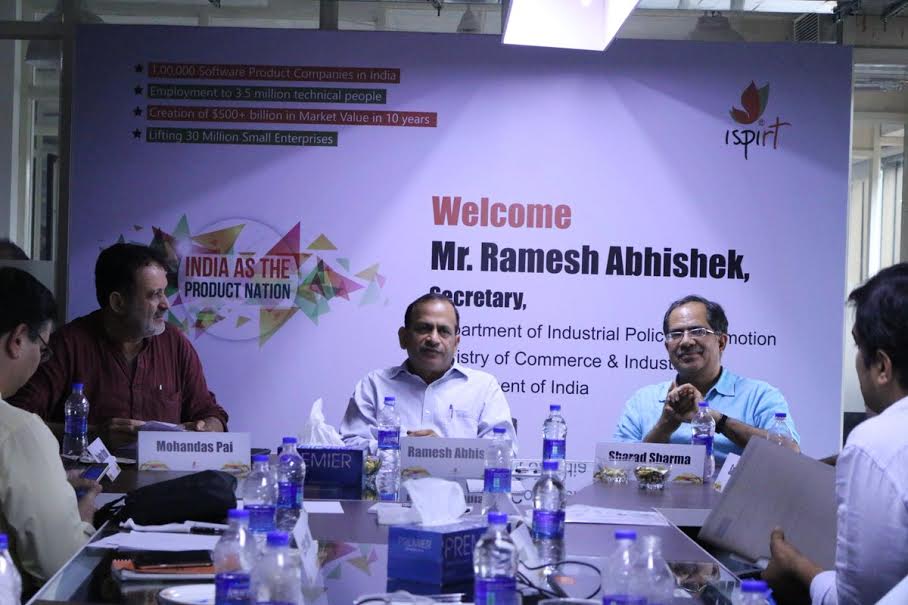 The follow-on session, by Shekhar Kirani, presented how INDIA is becoming a major player in the GLOBAL Software Product Industry and how Startups from INDIA are disrupting some major players. Subsequently Unbxd, ShieldSquare and Hotellogix discussed their own journeys and added depth to this discussion..
The follow-on session, by Shekhar Kirani, presented how INDIA is becoming a major player in the GLOBAL Software Product Industry and how Startups from INDIA are disrupting some major players. Subsequently Unbxd, ShieldSquare and Hotellogix discussed their own journeys and added depth to this discussion..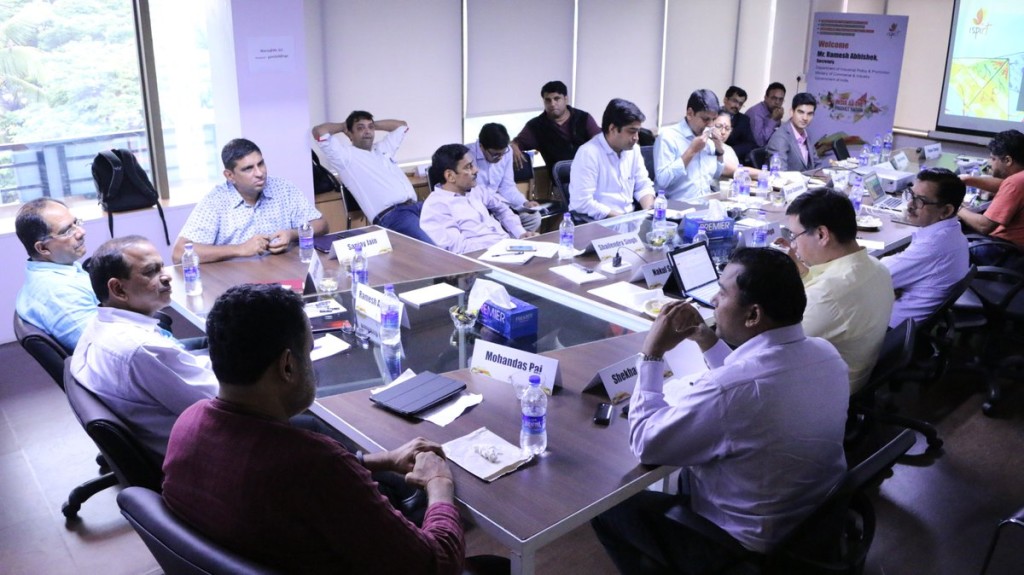 Insights and Advise from Mr. Ramesh Abhishek
Insights and Advise from Mr. Ramesh Abhishek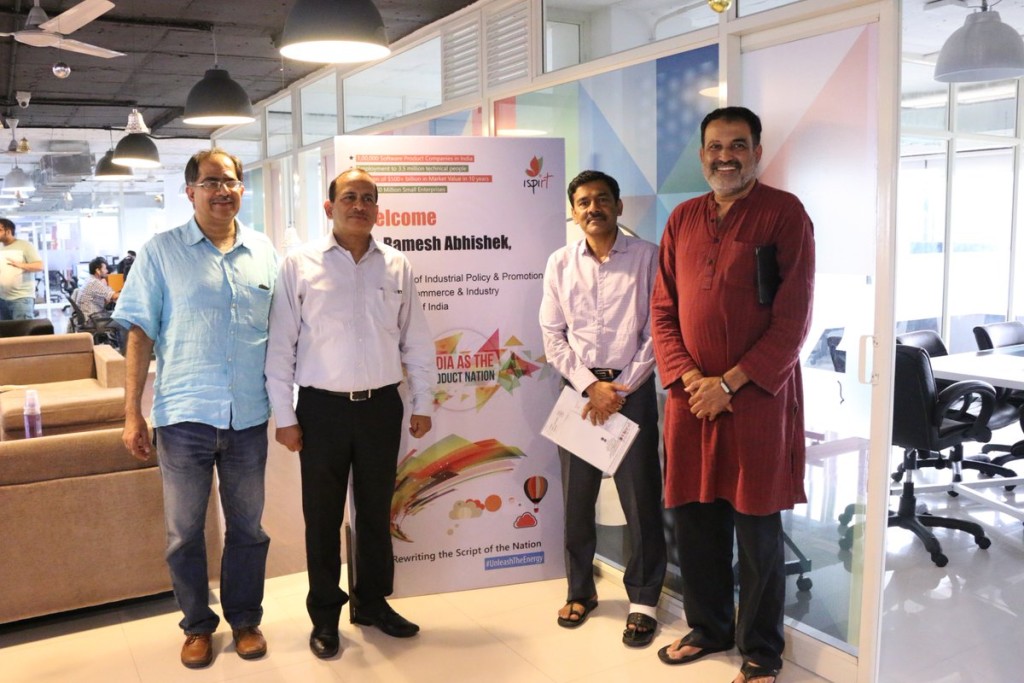 Conclusion
Conclusion

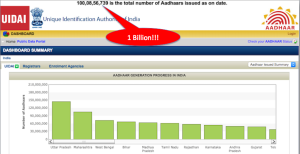
 Nandan shared his views on how they went about building Aadhaar, the teams involved, some challenges faced, how government worked closely with the best technologists, how it scaled, etc. Looking ahead, Nandan also spoke about the JAM Trinity (Jan Dhan Bank Account, Aadhaar Identity & Mobile) as well as IndiaStack the open platform which the basis for a Digital India, and how this will change governance and business engagements with Indians. Nandan discusses the impact of the new Unified Payment Interface by NPCI, as well.
Nandan shared his views on how they went about building Aadhaar, the teams involved, some challenges faced, how government worked closely with the best technologists, how it scaled, etc. Looking ahead, Nandan also spoke about the JAM Trinity (Jan Dhan Bank Account, Aadhaar Identity & Mobile) as well as IndiaStack the open platform which the basis for a Digital India, and how this will change governance and business engagements with Indians. Nandan discusses the impact of the new Unified Payment Interface by NPCI, as well.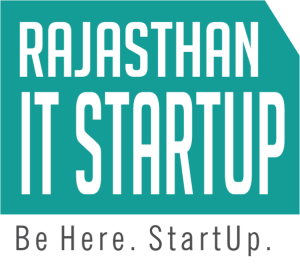 Rajasthan intends to play a pivotal role in various dimensions of the startup ecosystem, with the main focus on promotion of Startups and making Rajasthan the Startup, Incubation and Entrepreneurship hub of North India. We, through Rajasthan IT Day on March 21, 2016 forged the inception of a new era for making Rajasthan a platform and destination for Information Technology in India.
Rajasthan intends to play a pivotal role in various dimensions of the startup ecosystem, with the main focus on promotion of Startups and making Rajasthan the Startup, Incubation and Entrepreneurship hub of North India. We, through Rajasthan IT Day on March 21, 2016 forged the inception of a new era for making Rajasthan a platform and destination for Information Technology in India.